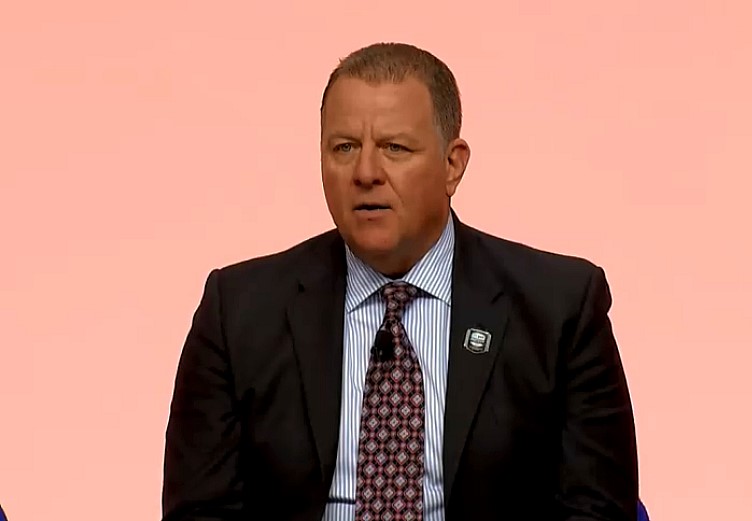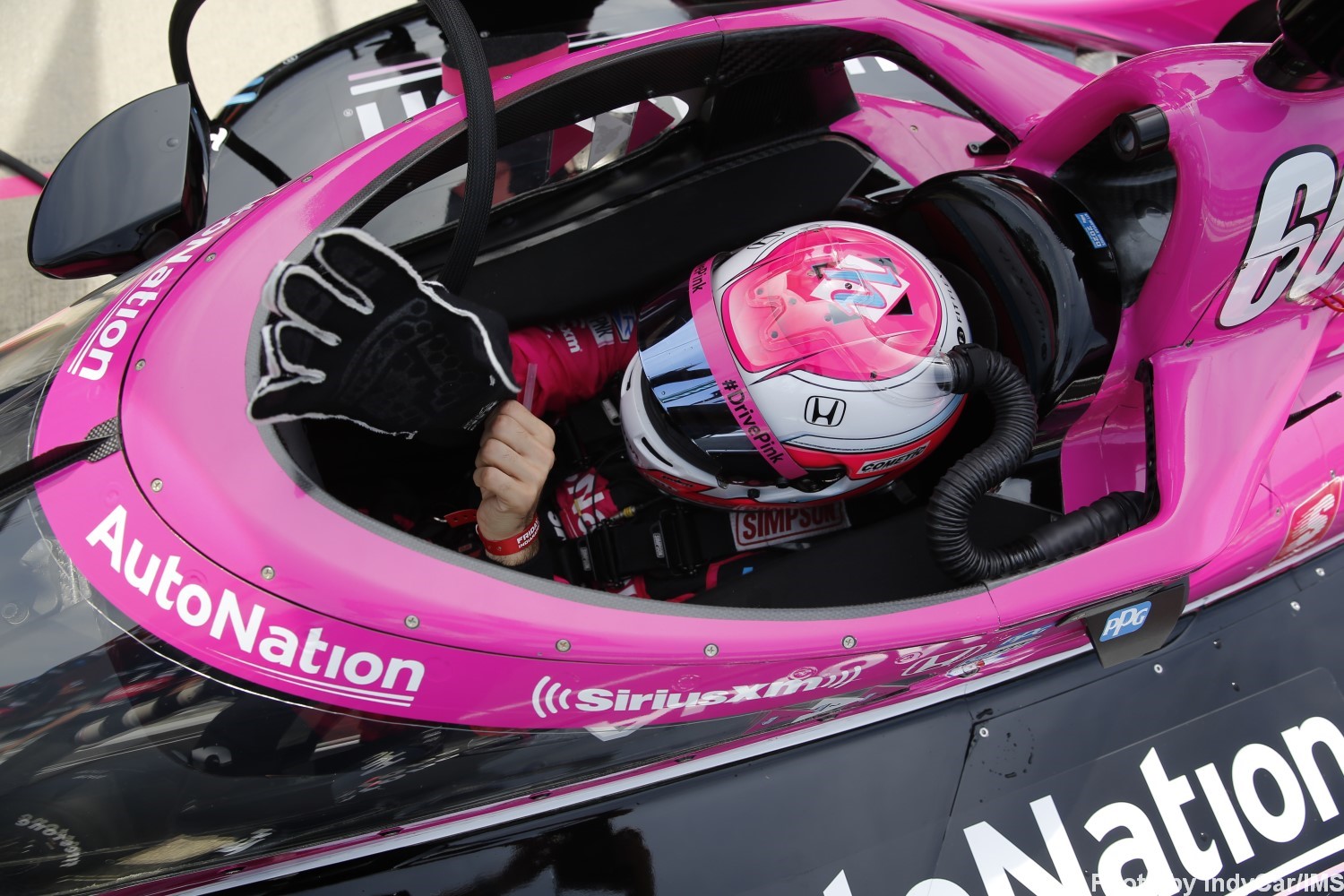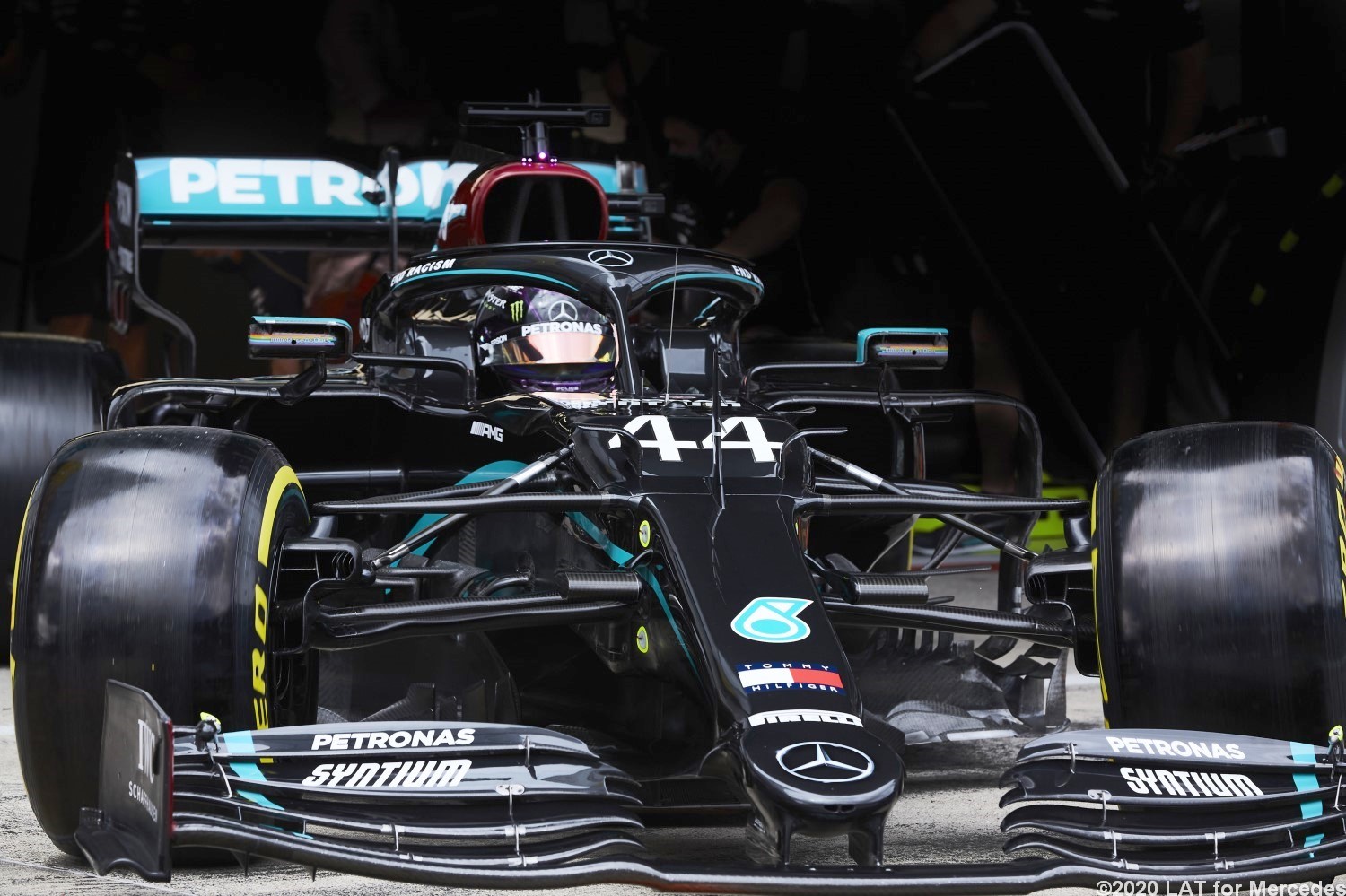Is it time for IndyCar to remove the windscreen and just use the Halo? (2nd Update)
 |
| Jay Frye |
UPDATE In an attempt to apply a band-aid solution to a problem IndyCar created for its drivers by going with an aeroscreen when a simple Halo is all that was ever really needed, IndyCar is going to move the driver's water supply bladder from the hot sidepod near the radiators to inside the cockpit so the water is not so hot when the driver needs a drink during the race.
“We’re also going to let the pit crew member that was doing the tear-offs on the aeroscreen, service the driver so when they pit, they’ll be able to hand the driver a water bottle," Frye told Racer. “That’ll give the driver more volume to consume, meaning they won’t have to drink the water in their cockpit. They’ll drink from that bottle, and it’ll be guaranteed cold. So that gives them more overall to drink and leave more in the water bladder for the racetrack. Hopefully those two changes help with the fluid situation."
But it won't help with the intense heat in the cockpit because the windscreen attached to the Halo blocks cooling air from entering the cockpit. IndyCar now has to scramble to try and fix that problem, a problem they brought on themselves instead of following the lead of all other open wheel series in the world and just use a Halo. IndyCar had to be different and now the poor drivers are paying for that mistake.
 |
| Failed experiment. Jack Harvey in the 120-degree IndyCar cockpit |
07/05/20 "Man, I thought I was going to die after the race," Daly told Jim Ayello of the Indianapolis Star. "All my body cramped. It was terrible. [That] was worse than I've ever felt after a race. I had to sit down for 45 minutes after the race. [My] heart rate was still above 140."
Daly finished 12th overall, and seventh-place driver Josef Newgarden told Ayello it was the hottest race he's ever competed in.
"I was pretty loopy at the end there," Colton Herta said, per Ayello. "I hydrated a bunch at the beginning. I think that's what saved me. But my head was spinning, and I was close to kind of falling over when I got out of the car." More evidence IndyCar made a mistake not just implementing the Halo. Hopefully there will be no fatalities from drivers crashing due to heat exhaustion caused by the windscreen.
07/05/20 F1 implemented the Halo without a windscreen for a reason, they said the drivers would suffer severe heat exhaustion.
IndyCar decided to add the windscreen to a Halo and now the drivers are paying the price for that decision.
Some quotes from the post-race press conference tells the story:
“I’m not going to lie, man; my neck was toast today," said Graham Rahal. “I’m looking forward to some recovery this week. Road America is going to be cool. We’ve got nice straightaways (and a chance) to breathe a little bit compared to here. Today was definitely a physical race. It was a tough one."
 |
| The F1 Halo provides 99% of the protection a driver needs and the airflow into the cockpit keeps the drivers cool |
“Personally, we’re probably going to do some work on trying to vent inside the car better because it’s extremely hot and I’m exhausted," said Simon Pagenaud. “The air doesn’t circulate well in the cockpit. It’s such a small cockpit, and it feels like the air just stays — doesn’t come out of the cockpit — and there’s no wind. You could actually run with your visor open just to get some air.
“I think we just need to do some work on ventilation, maybe work on the helmet and the tube, and work on also having a bigger drink bottle. I think those were what we had in the past. The heat level — it doesn’t work for me."
To which Rahal added: “The drink bottles are in the sidepods with all of the exhaust (idiots), and the water is hotter than I drink my coffee. Overall it was brutal."
“IndyCar racing is probably one of the most physical sort of racing that there is," added Pagenaud. "We don’t have power steering. And now it’s also really hot in the race car. Those are the kind of things that you say, ‘Thank you’ to your training. I’ve been training in the heat, but I’m going maybe adjust (the training) a little bit to be even stronger."
Or they could remove the silly windscreen and just use a Halo like F1, F2, F3 and all the other open wheel series. IndyCar had to be different.